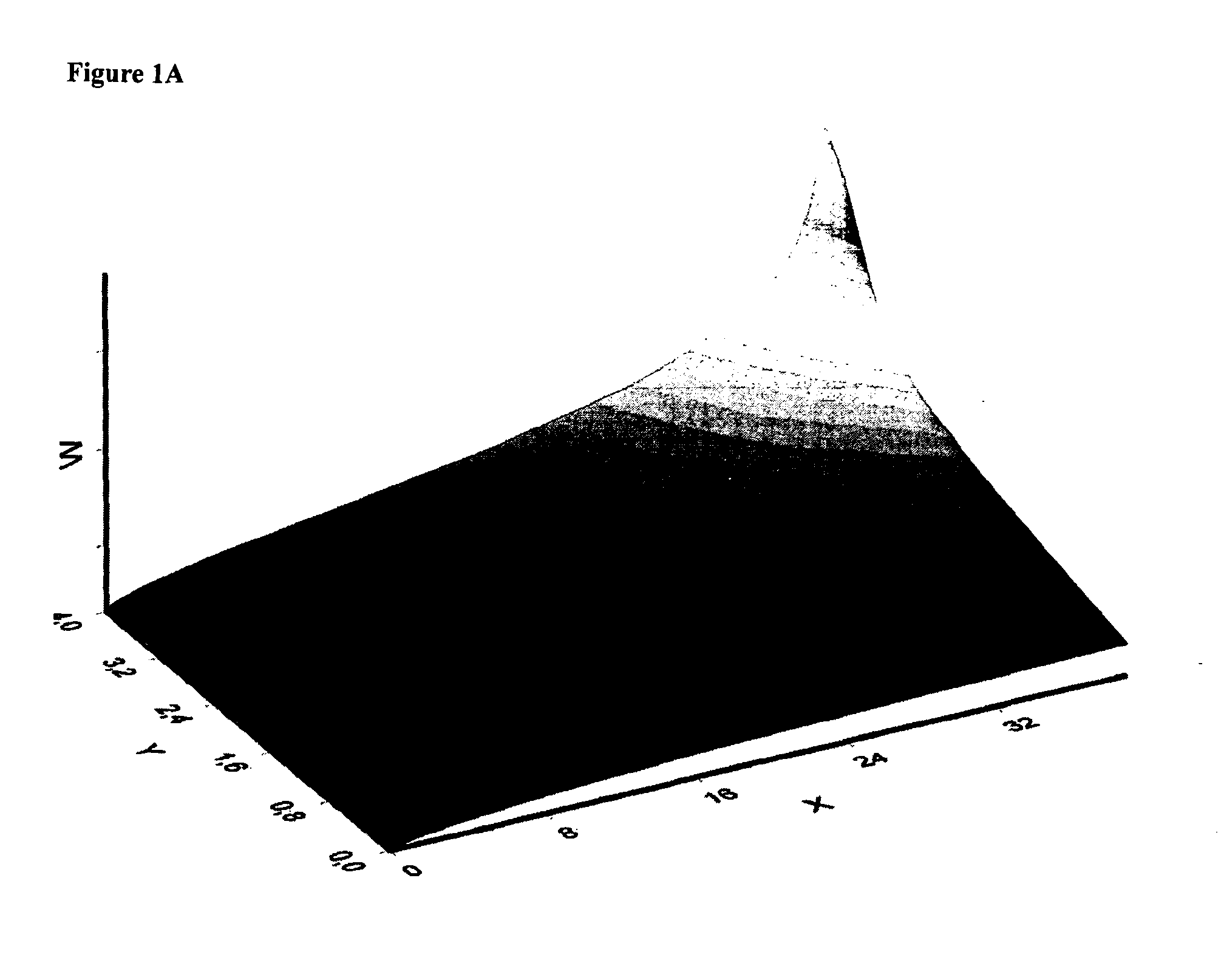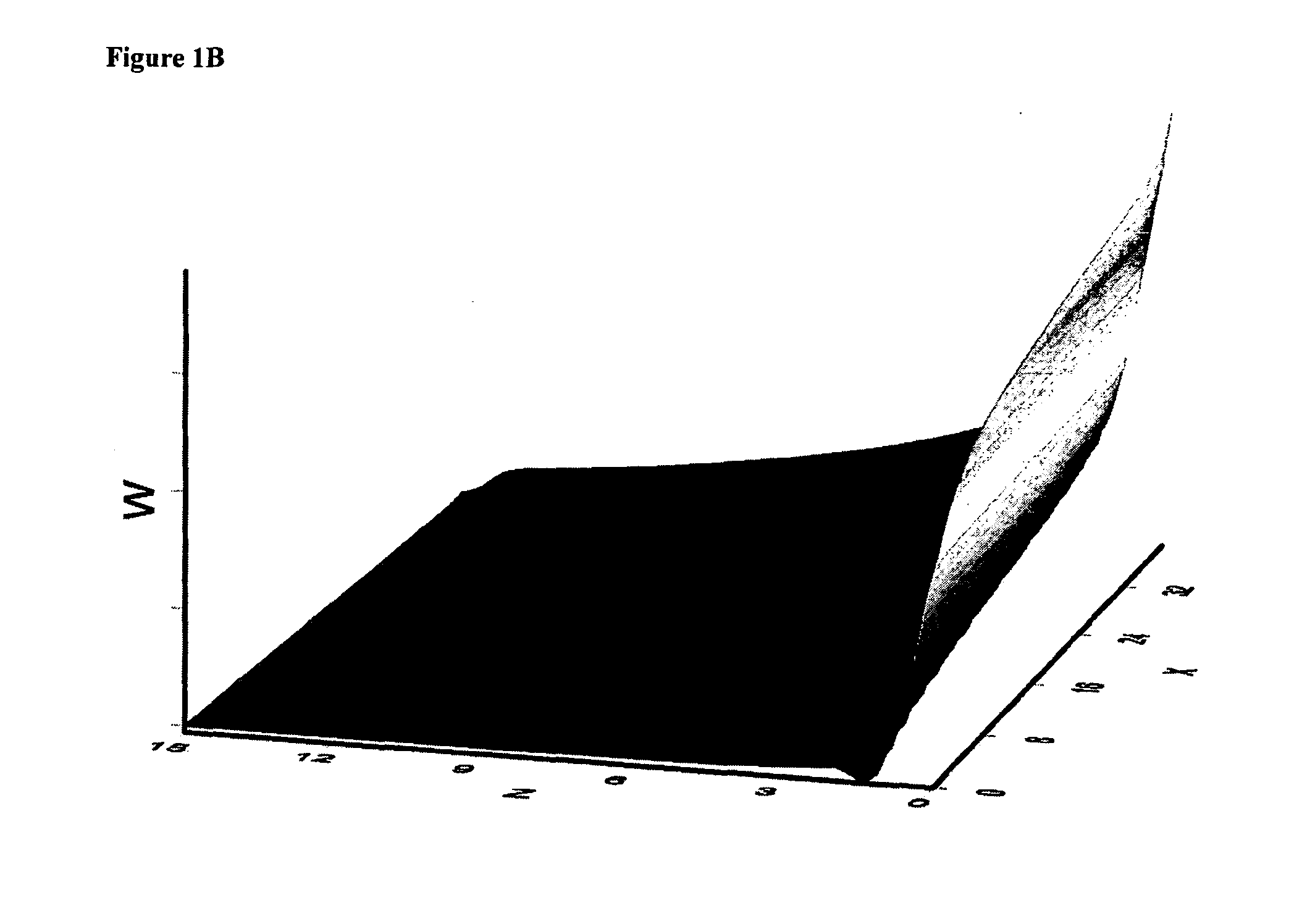Detection and prognosis of cervical cancer
a cervical cancer and prognosis technology, applied in the field of cervical cancer diagnosis and treatment, can solve the problems of limited reproducibility, low specificity of high-risk hpv testing for high-grade cervical neoplasia, and limitations of present pap test, and achieve accurate and effective early diagnostic assays.
- Summary
- Abstract
- Description
- Claims
- Application Information
AI Technical Summary
Benefits of technology
Problems solved by technology
Method used
Image
Examples
example 1
Discovery of Methylation Markers in Cervical Cancer, Using Relaxation Ranking
[0137]To identify genes that are downregulated in cervical cancer due to promoter hypermethylation and to enrich for those genes that are most frequently involved in cervical cancer, a multistep approach was used combining:[0138]Affymetrix expression microarray analysis on a panel of frozen tissue samples from 39 human primary cervical cancers to identify cancer-specific down-regulated genes.[0139]Affymetrix expression microarray analysis on a panel of 4 different cervical cancer cell lines in which the expression of (hyper)methylated genes was re-activated upon treatment with 5-aza-2′deoxycytidine (DAC) (blocking DNA methylation), and / or trichostatin A (TSA) (inhibiting histone deacetylase—HDAC).
[0140]Data from both approaches were combined, and a novel non-parametrical ranking and selection method was applied to identify and rank candidate genes. Using in silico promoter analysis we restricted the analysi...
example 2
BROAD Analysis
Genome-Wide Promoter Alignment
[0188]The “Database of Transcription Start Sites” (DBTSS) (Suzuki et al., 2004) mapped each transcript sequence on the human draft genome sequence to identify its transcriptional start site, providing more detailed information on distribution patterns of transcriptional start sites and adjacent regulatory regions. The promoters of the above identified TOP3000 genes were separately mapped on the genome-wide alignment of all promoter associated CpG islands. All the promoter sequences were subsequently aligned by clustalW algorithm (Li 2003; Thompson et al., 1994). Treeillustrator (Trooskens et al., 2005) was used to visualize the large guide tree in addition to indicating the location of the known markers. Some regions on the “circle” are denser in known markers than others, indicating that there might be a sequence mechanism located in the small region around the TSS which makes certain genes more methylation-prone. The genes were selected ...
example 3
Further Assay Selection
Base 5-Lightcycler Platform
[0199]Of the different assays listed in Table 1 previously identified using the Base5 methylation platform, the top 63 ranked assays plus β-actin (ACTB) were transferred to the Lightcycler platform in order to further fine-tune the selection of the best cervical cancer methylation markers. This platform allows the assessment of markers in a system which is closer to, and provides information valuable for the subsequent development of, a final, scaled up MSP assay. The 64 assays (Table 6) were applied on a 384 well plate by Sigma. Six repeats of the assay set fitted on a 384 well plate. The samples were randomized per plate.
[0200]The sample set selected for the Lightcycler analysis was also previously used in the Base 5 analysis in order to make a compared analysis: a total of 27 cervical tumor samples and 20 controls (frozen tissue) were collected by UMC Groningen.
TABLE 6The 64 selected assays which were applied on the Lightcycler pl...
PUM
| Property | Measurement | Unit |
|---|---|---|
| temperature | aaaaa | aaaaa |
| temperature | aaaaa | aaaaa |
| total volume | aaaaa | aaaaa |
Abstract
Description
Claims
Application Information
 Login to View More
Login to View More - R&D
- Intellectual Property
- Life Sciences
- Materials
- Tech Scout
- Unparalleled Data Quality
- Higher Quality Content
- 60% Fewer Hallucinations
Browse by: Latest US Patents, China's latest patents, Technical Efficacy Thesaurus, Application Domain, Technology Topic, Popular Technical Reports.
© 2025 PatSnap. All rights reserved.Legal|Privacy policy|Modern Slavery Act Transparency Statement|Sitemap|About US| Contact US: help@patsnap.com



